Jun 24, 2025
In various pipe installation and maintenance tasks, a tube cutter is an essential cutting tool. Whether it's for plumbing repairs, HVAC pipe installations, electrical conduit routing, or DIY home improvement projects, it enables efficient and precise cutting of metal or plastic tubing.
Unlike traditional scissors or shears, a tube cutter delivers clean cuts without deforming the pipe walls, making it especially suitable for common materials such as copper, PVC, and stainless steel. For users seeking smooth, burr-free cuts, the best tube cutter for plumbing not only improves work efficiency but also significantly enhances the quality of soldering or fittings.
Especially when working with high-strength materials like stainless steel, choosing a professional tube cutter for stainless steel becomes particularly important. These tube accessories typically feature stronger blades and reinforced construction to handle higher hardness and heat resistance. They are the ideal choice for HVAC engineers, mechanical installers, and professional contractors.
This is the most common type of tube cutter, typically using a rotary cutting wheel mechanism. The cutting is done by gradually tightening the handle to press the wheel against the tubing. It is suitable for cutting copper pipes, PVC, and water lines — commonly used in home improvement and repair tasks. Due to its simple structure and low cost, it is a preferred choice for homeowners and DIY enthusiasts.
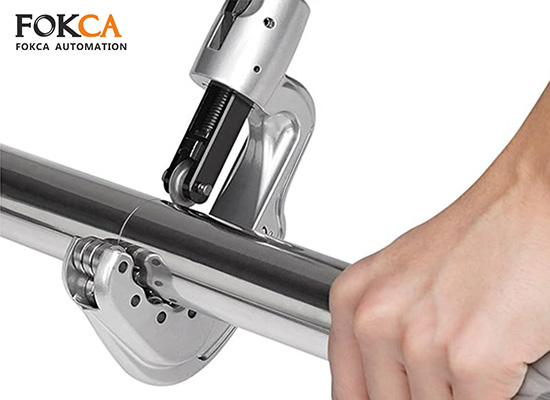
When dealing with thicker-walled, larger-diameter, or high-hardness materials like stainless steel or aluminum tubing, a heavy duty pipe cutting tool is required. These tools feature a more robust design, with cutting wheels made from high-strength materials such as alloy steel or tungsten carbide. They often come with extended handles or ratcheting mechanisms to provide greater cutting force and efficiency.
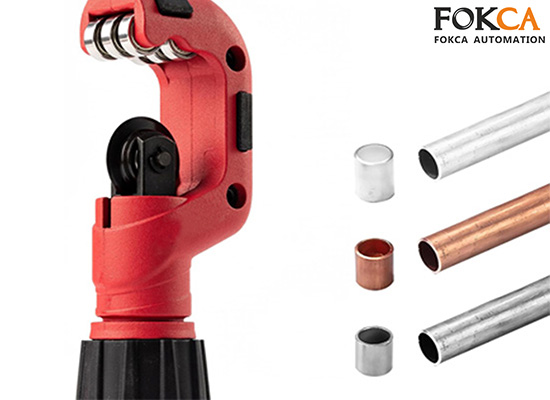
In tight or confined workspaces where standard cutters cannot operate effectively, a mini tube cutter for tight spaces is the ideal solution. Compact and highly maneuverable, this tool is often used in air conditioning installation, electrical panel tubing, or other applications with limited access. Its small size makes it perfect for precision cutting in narrow environments.
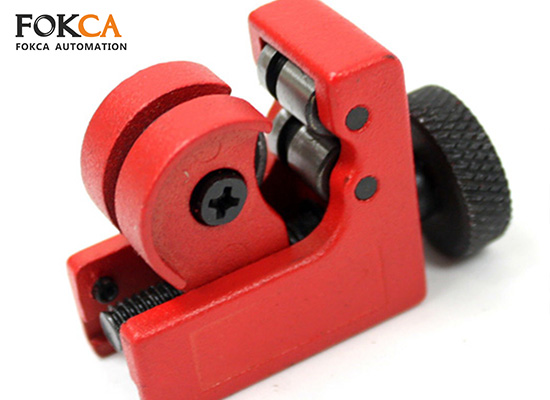
Fokca provide multiple tubings and tube accessories like tube cutter,you can contact us directly!
Choose the Right Tool
Start by selecting the appropriate tube cutter.For large-diameter or thick-walled metal pipes, use a Heavy-Duty Tube Cutter, and prepare a deburring tool.For tight spaces, a mini tube cutter is recommended.
Measure and Mark the Cutting Point
Use a marker to clearly indicate where you want to cut on the surface of the pipe.
Place the Tube into the Cutter
Align the marked position with the cutting wheel, and insert the pipe into the groove of the adjustable tube cutter.
Adjust the Pressure Wheel
Turn the handle clockwise to gently press the cutting wheel against the pipe wall.Avoid overtightening, which can cause deformation.
Start Rotating
Rotate the cutter smoothly and evenly around the pipe.After each full turn, slightly tighten the handle to gradually increase pressure.Repeat until the pipe is cleanly cut.
Use the Deburring Tool
Use the prepared deburring tool to clean the inner and outer edges of the cut.Be careful during this step to avoid damaging sealing surfaces.
Copper Pipe: Manual Tube Cutter or Mini Tube Cutter can be used
Stainless Steel Tubing: Heavy-Duty Tube Cutter can be used to cut
PVC, CPVC, PEX: PVC Pipe Tube Cutter
Aluminum Tubing: Manual Tube Cutter or Heavy-Duty Cutter
Hacksaw:
Cuts may be uneven
Cutting line can easily deviate, affecting subsequent installation
Requires considerable strength and skill
Prone to angled cuts
Low efficiency, especially time-consuming on thick pipes or hard materials
Versatile and suitable for a wide range of applications beyond piping
Tube Cutter:
High precision with clean, perpendicular cuts
Ideal for sealed joints
Easy to control, especially suitable for copper and PVC pipes
Less tiring to use
Fast cutting, perfect for repetitive tasks
Cutting range limited to tubing only
Safety Tips
Wear cut-resistant gloves
Keep the pipe securely in place
Avoid slipping and improper use
Apply pressure evenly in a clockwise direction
Keep out of reach of children
Maintenance Tips
Clean the cutting head regularly
Keep the blade sharp
Lubricate rotating parts
Store in a dry environment
Inspect positioning screws and guide rails
 Beyond the Number: How PU Tube Hardness Affects Flexibility, Durability, and Flow
Beyond the Number: How PU Tube Hardness Affects Flexibility, Durability, and Flow
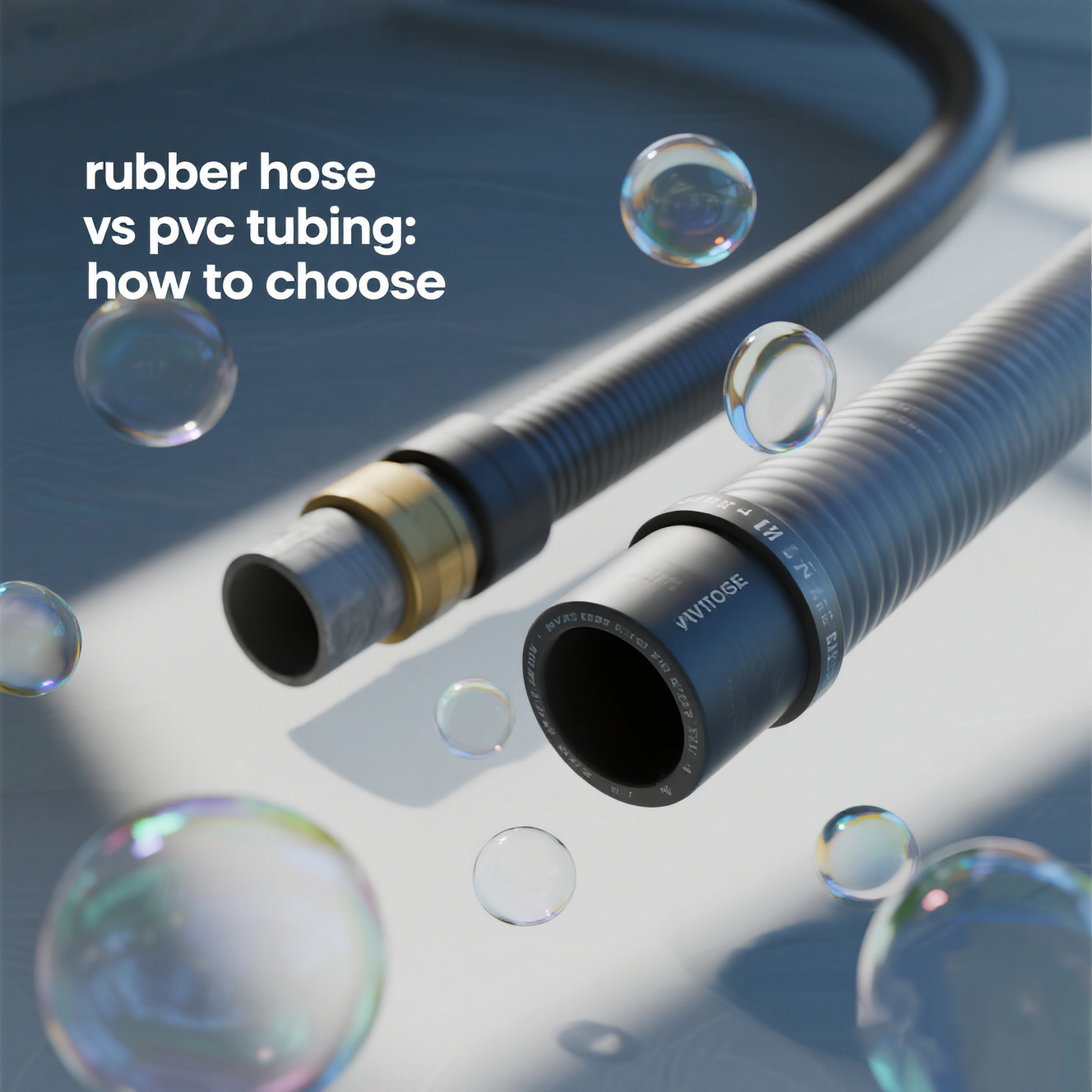 Rubber hose vs. PVC tubing How to choose?
Rubber hose vs. PVC tubing How to choose?
 Nylon vs Polyethylene:Which type of tubing is better for you
Nylon vs Polyethylene:Which type of tubing is better for you
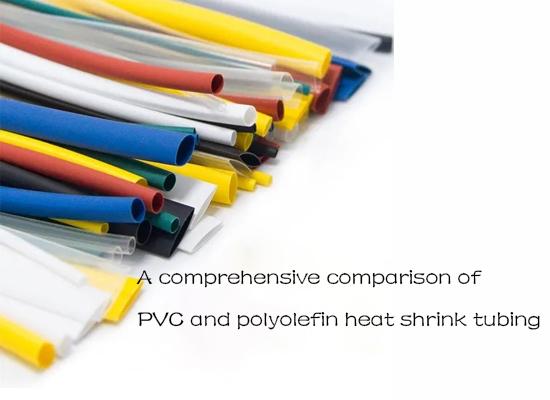 A comprehensive comparison of PVC and polyolefin heat shrink tubing
A comprehensive comparison of PVC and polyolefin heat shrink tubing
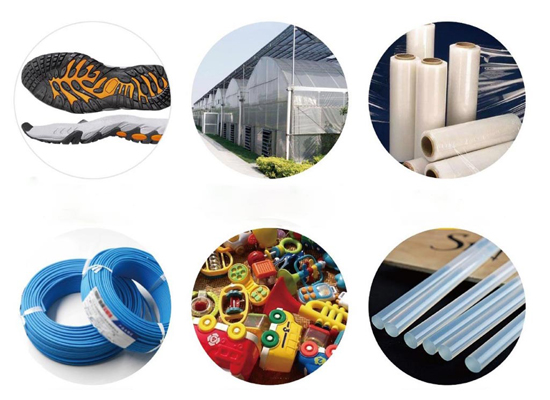 The Benefits and Uses of Ethylene Vinyl Acetate
The Benefits and Uses of Ethylene Vinyl Acetate
You May Interest In
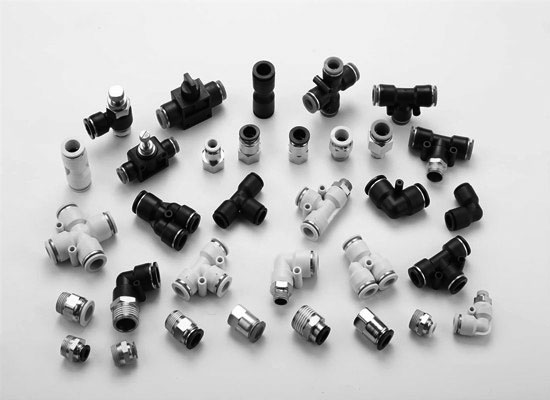
May 07, 2025 Blog
Comprehensive Analysis of Pneumatic Push in Fittings
Apr 22, 2025 Blog
Solution for Nylon Tube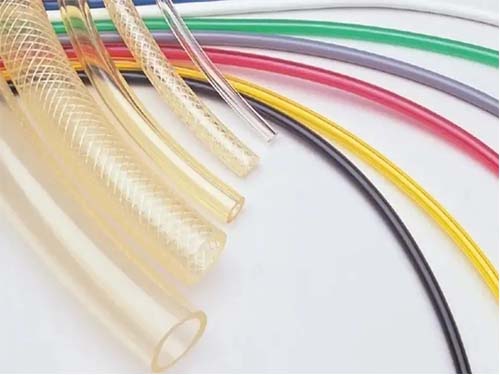
Apr 16, 2025 Blog
PVC Tubing vs. Polyurethane Tubing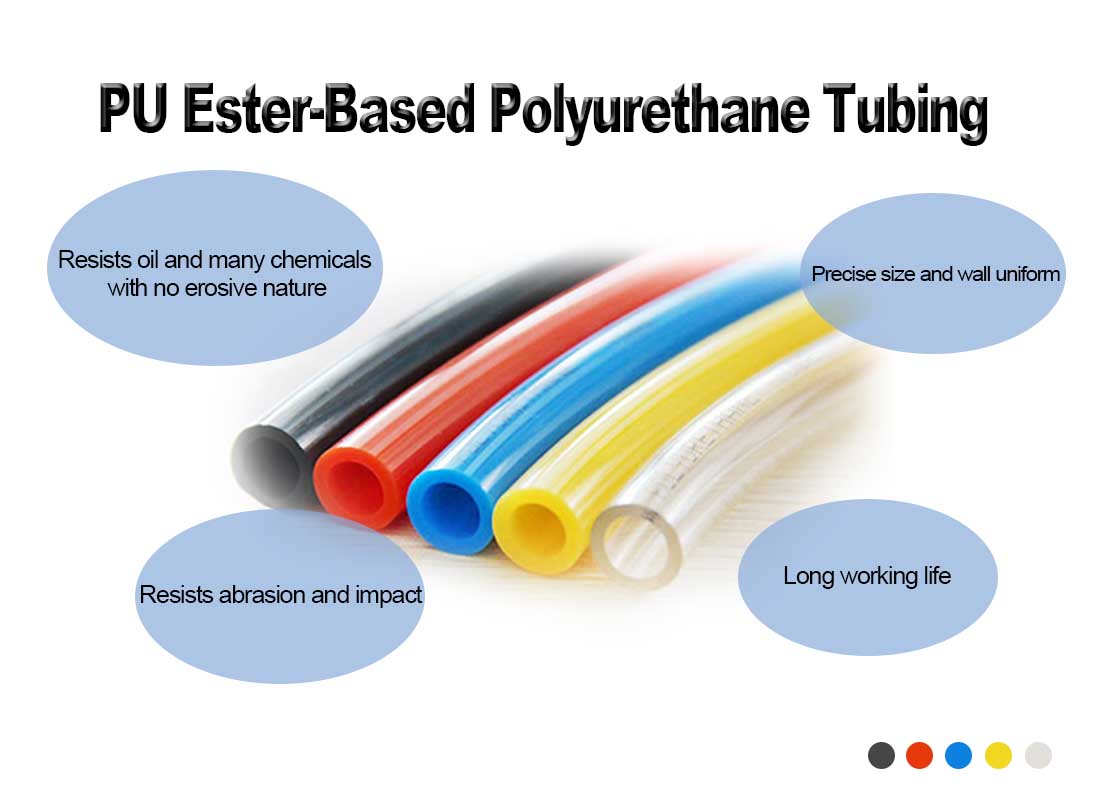
Apr 10, 2025 Blog
What is the difference between pu and pvc
Feb 24, 2025 Blog
How to Identify Hydraulic Quick Couplers?
Jan 21, 2025 Blog
How to Measure Pipe Thread?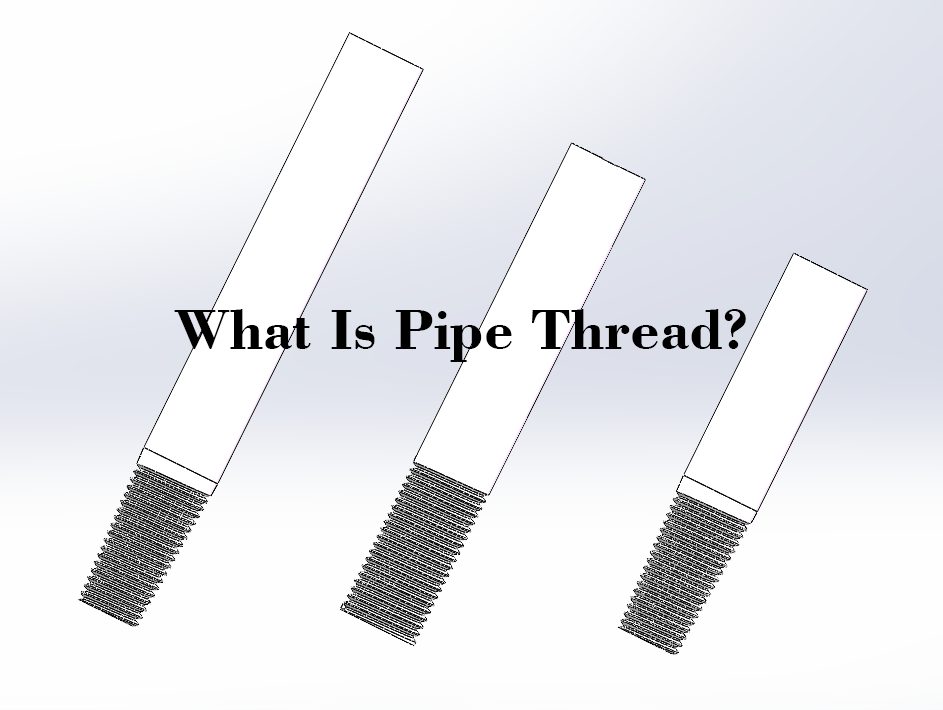
Jan 16, 2025 Blog
What Is Pipe thread?
Dec 04, 2024 Blog
Application Of Tube Fitting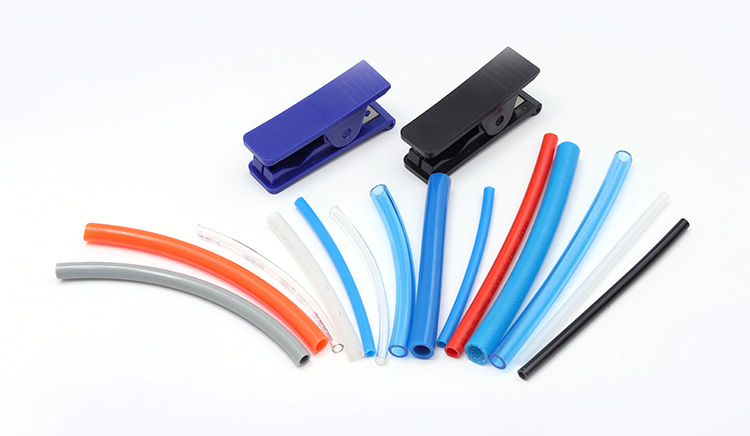

Jun 26, 2023 Blog
What Is The Difference Between LLDPE And LDPE?
Jan 17, 2023 Blog
What Are The Classification Of Plastics?Links: www.fescolo.com(Pneumatic)
FOKCA ©1998-2025 All Rights Reserved Sitemap